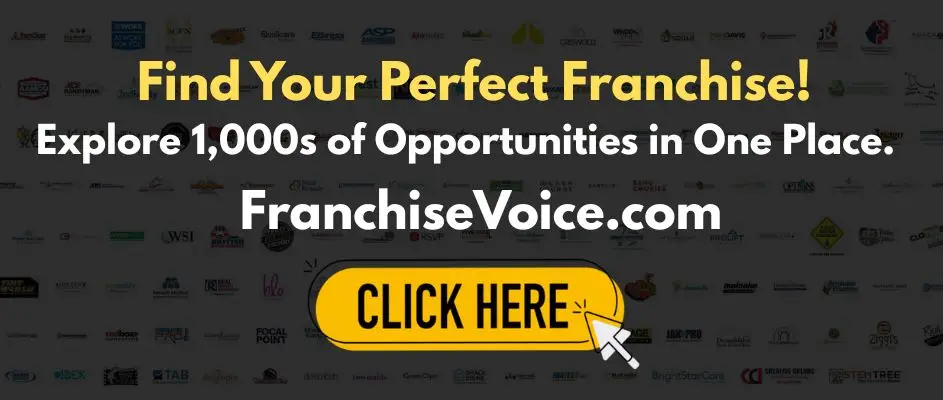Your First Sales Hire: Role Design, Compensation, and Onb...
Hiring your first sales representative is one of the most important milestones for any growing business. Whether you’re a startup founder moving beyond founder-led sales or a small business scaling revenue, the first sales hire can make or break your growth trajectory. To set them up for success, you need a clear plan covering role design, compensation strategy, and onboarding.
In this guide, we’ll walk you through how to strategically design the role, create a competitive pay structure, and build an onboarding plan that maximizes performance from day one.
Why Your First Sales Hire Matters
At the earliest stages, every deal often comes from the founder’s network, hustle, and deep product knowledge. But this isn’t scalable. Bringing in your first sales hire helps you:
-
Build a repeatable sales process
-
Free up founder time for strategy and product
-
Reach new customers beyond your personal network
-
Establish a culture of accountability and measurable growth
However, rushing into a hire without clarity can backfire. The wrong person, mismatched compensation, or poor onboarding may lead to missed quotas and wasted runway. That’s why you need a deliberate plan.
Step 1: Role Design for Your First Sales Hire
Before posting a job description, clarify the type of sales hire you need. The design of the role should align with your company stage, product maturity, and go-to-market strategy.
Key Questions to Ask:
-
Do you need a hunter or a farmer?
-
Hunter: Focused on outbound prospecting and closing new deals.
-
Farmer: Skilled in nurturing existing leads and expanding accounts.
-
-
Should they be full-cycle or specialized?
-
Full-cycle sales rep: Manages prospecting, demos, negotiation, and closing.
-
Specialized rep: Handles only one stage (like SDR for prospecting, AE for closing).
-
-
What industry expertise is required?
-
If your product requires domain knowledge, prioritize candidates who already know your buyer’s world.
-
-
How will success be measured?
-
Revenue booked, pipeline created, or customer retention? Define clear KPIs from the start.
-
📌 Pro Tip: At the early stage, most businesses benefit from hiring a full-cycle salesperson who can own the entire process while you refine your sales playbook.
Step 2: Compensation Plan for Your First Sales Hire
Sales compensation is where many founders stumble. Too low, and you won’t attract talent. Too high, and you burn cash before achieving results. The key is balance.
Elements of a Sales Compensation Plan:
-
Base Salary – Provides stability and attracts quality candidates.
-
Variable Commission – Incentivizes performance and aligns with revenue goals.
-
On-Target Earnings (OTE) – The total expected earnings if quota is met.
Best Practices for Compensation:
-
50/50 Split: For many startups, a 50% base and 50% variable is a good balance.
-
Quota Setting: Aim for a quota that is 4–5x the OTE to ensure ROI.
-
Commission Structure: Keep it simple (e.g., 10% of revenue closed) before adding complexity.
-
Ramp-Up Period: Offer a reduced quota or guaranteed commission for the first 3–4 months.
📌 Example Compensation Package:
-
Base: $50,000
-
Variable: $50,000 (at quota)
-
OTE: $100,000
-
Quota: $400,000–$500,000 annual new revenue
Step 3: Onboarding Plan for Your First Sales Hire
Even the most talented salesperson will struggle without the right onboarding. A structured plan helps them ramp faster and start generating pipeline.
30-60-90 Day Onboarding Framework
First 30 Days – Learning & Immersion
-
Deep dive into product training
-
Shadow founder-led sales calls
-
Understand ICP (Ideal Customer Profile) and buyer pain points
-
Familiarize with CRM and sales tools
Next 30 Days – Practice & Early Wins
-
Begin prospecting and handling inbound leads
-
Deliver demo pitches with feedback
-
Start building pipeline and booking meetings
-
Close first small deals with founder support
Final 30 Days – Independence & Execution
-
Own full-cycle sales process
-
Hit ramped quota targets
-
Provide feedback to refine sales playbook
-
Share insights on objections and customer patterns
📌 Pro Tip: Document everything. Your onboarding plan will serve as the foundation for future sales hires.
Common Mistakes to Avoid with Your First Sales Hire
-
Hiring too early – If you don’t have founder-led traction, you risk wasting resources.
-
Overloading with admin work – Your first hire should focus on selling, not operations.
-
Unrealistic quotas – Give them room to ramp instead of expecting instant results.
-
Neglecting sales tools – Provide a CRM, enablement resources, and templates from day one.
Final Thoughts
Your first sales hire is more than just another employee—it’s the start of building a revenue engine. By thoughtfully designing the role, creating a fair compensation plan, and building a structured onboarding process, you’ll set your hire (and your business) up for sustainable growth.
Invest time upfront, and this decision will pay off with predictable revenue, scalable processes, and a stronger go-to-market motion.

